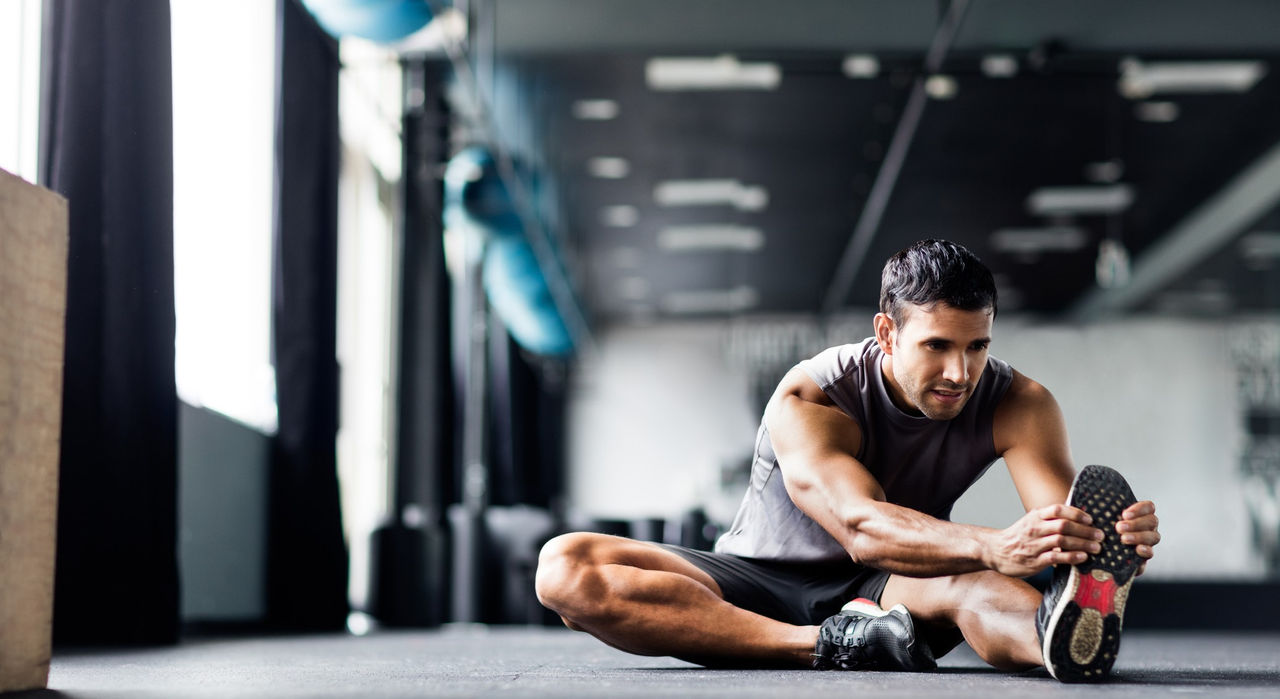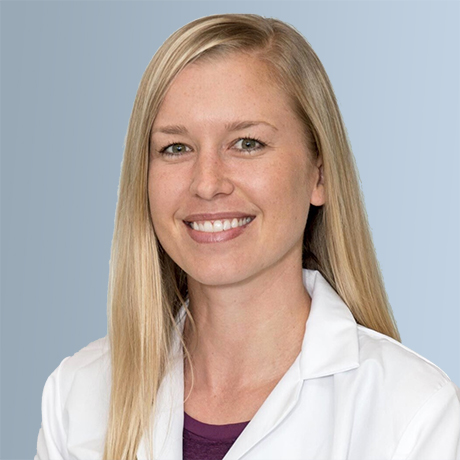-
- Find Care
-
- Visitor Information
- Find a Location
- Shuttles
- Visitor Policies
-
-
- Our Virtual Care Options
- Virtual Urgent Care
- Virtual Visits for Primary & Specialty Care
- Online Second Opinions
- Participate in Research
-
- Contact us
-
- For Innovators
- Commercialization Guide for Innovators
-
-
- Research News
- Alzheimer's Disease
- Artificial Intelligence
-
- Overview
-
- Overview
- Getting Started
- New to Mass General Brigham
- International Patient Services
- What Is Patient Gateway?
- Planning Your Visit
- Find a Doctor (opens link in new tab)
- Appointments
- Patient Resources
- Health & Wellness
- Flu, COVID-19, & RSV
- Billing & Insurance
- Financial Assistance
- Medicare and MassHealth ACOs
- Participate in Research
- Educational Resources
- Visitor Information
- Find a Location
- Shuttles
- Visitor Policies
- Find Care
-
- Overview
- Our Virtual Care Options
- Virtual Urgent Care
- Virtual Visits for Primary & Specialty Care
- Online Second Opinions
-
- Overview
- Participate in Research
-
- Overview
- About Innovation
- About
- Team
- News
- For Industry
- Venture Capital and Investments
- World Medical Innovation Forum (opens link in new tab)
- Featured Licensing Opportunities
- For Innovators
- Commercialization Guide for Innovators
- Contact us
-
- Overview
- Information for Researchers
- Compliance Office
- Research Cores
- Clinical Trials
- Advisory Services
- Featured Research
- Two Centuries of Breakthroughs
- Advances in Motion (opens link in new tab)
- Brigham on a Mission (opens link in new tab)
- Gene and Cell Therapy Institute
- Research News
- Alzheimer's Disease
- Artificial Intelligence
-
- Overview
-
- Overview
- Residency & fellowship programs
- Brigham and Women's Hospital
- Massachusetts General Hospital
- Mass Eye and Ear
- Newton-Wellesley Hospital
- Salem Hospital
- Integrated Mass General Brigham Programs
- Centers of Expertise
- Global & Community Health
- Health Policy & Management
- Healthcare Quality & Patient Safey
- Medical Education
- For trainees
- Prospective trainees
- Incoming trainees
- Current trainees
- Continuing Professional Development
Sports Medicine and the Red Sox: Q&A with Team Physician Haylee Borgstrom, MD

Haylee Borgstrom, MD, a Mass General Brigham Sports Medicine physiatrist, specializes in non-surgical treatments for sports injuries at both Massachusetts General Hospital and Spaulding Rehabilitation Hospital. These non-surgical treatments include diagnostics and interventions like ultrasound and regenerative medicine techniques. On top of that, she just completed her first year as a team doctor for the Boston Red Sox.
In this Q&A, Dr. Borgstrom discusses her work with the team, what it means to be a primary care doctor in sports medicine, and tips for injury prevention.
Q: You’ve just completed your first season working with the Red Sox. What has it been like to be a part of that medical team?

Borgstrom: It's a privilege, and it's a welcome challenge that pushes me to think about sports injuries in a different way.
I began working with the team during spring training, and I generally covered 3-4 games per month as part of the Red Sox care team. During games at Fenway Park, we provide coverage for both the Red Sox and the visiting team, alongside a talented athletic training and physical therapy (PT) staff.
There are two sides to our care team: there’s the orthopedic surgery side, and the medical side—which I am a part of. Because my background is in physical medicine and rehabilitation (PM&R), with a strong background in musculoskeletal health, our medical team brings a special skill set to the care of professional athletes. We take care of primary care issues such as infections, asthma, and high blood pressure, along with any other medical emergencies or acute injuries, including concussion management for the athletes. We conduct evaluations during game time as necessary, as well as pre-game, post-game, and in the clinic.
Generally, musculoskeletal injuries are evaluated by the team orthopedic surgeons, but because of my PM&R and sports medicine background, I often take part in the evaluations and treatment planning with the athletes. It’s a team effort to keep the players healthy! We also work closely with the athletic training staff on the field, and there are always EMTs present who are familiar with all emergency protocols.
Q: What are some of the most common injuries you see amongst the professional players?
Borgstrom: We see it all! In baseball, we see a lot of overuse injuries of the upper extremity and trunk, especially in pitchers. These could be acute injuries, or they could be chronic issues that athletes are actively rehabbing through the course of a season. Because throwing and swinging are such powerful movements that start from the ground up, we also see injuries of the lower extremities and hips. Running bases and fielding involves a lot of cutting, pivoting, and planting, so the players are at risk for acute ankle and knee injuries as well.
Seeing similar injuries over and over gives us a chance to really study the biomechanics of injury. This helps us understand which sports-specific movements might contribute to common injuries, and how we might be able to prevent those. Baseball is mostly a non-contact sport, but hit-by-pitch or high-speed collisions (with other players or the outfield wall) can be scary situations that we are prepared to handle.
Q: How is injury recovery different for professional athletes than for amateurs?
Borgstrom: To a certain extent, you can only do so much to accelerate the healing process. What is most different in the care of professional athletes is their access to high-quality and daily rehabilitation, alongside frequent re-examination and re-evaluation with the exceptional training staff. It’s really the rehab team that makes the biggest difference in keeping athletes on the field.
As part of the broader Mass General Brigham Sports Medicine team, we are all well-versed in providing care to every level of athlete. There are certain aspects of providing care to a professional athlete that are unique. But at the end of the day, the diagnostic and treatment recommendations, general timelines for improvement, and the individual approach we take are the same for any athlete of any ability looking to return to sport or meet their exercise goals. We provide the same exceptional level of care for every patient, regardless of whether they're a professional athlete or a weekend warrior.
Q: What have you learned from your work with the Red Sox that impacts your everyday practice of working with weekend warriors?
Borgstrom: I’ve learned so much from the Red Sox athletic training and PT staff. They are brilliant and we have a great working relationship. During game days, we’ll discuss the biomechanics of injury and injury prevention. We discuss how they treat injuries—including incorporating newer approaches like blood flow restriction and many other modalities. This allows me to counsel my patients on different preventative or treatment options that may be a good fit for them.
Q: What is your advice for injury prevention for athletes?
Borgstrom: It really depends on your goals. If your focus is primarily on aerobic exercise—so if you are a runner, walker, cyclist, or swimmer—you may not be targeting many of the muscles that need to be strong to prevent lower extremity injuries in weight-bearing sports. Resistance training to improve strength, balance, and alignment is key.
I recommend a good, consistent core and gluteal strengthening program, along with stretching focused on preventing the hips flexors from becoming too tight—which is especially important now that people are working from home and sitting more. Giving yourself enough time to recover, staying well hydrated, and cross-training are incredibly important as well.
Q: What makes Mass General Brigham Sports Medicine special?
Borgstrom: The people! One of my favorite things is working in the multidisciplinary environment that has been prioritized and fostered over many years. My clinic is often in the same hall as our orthopedic surgeons and advanced practice providers, which makes for great in-person communication. I can bounce ideas off our physical therapists, many of whom work just across the hall. I can optimize patient care by discussing cases with our collegiate and high school athletic trainers. There’s such a large pool of knowledge to draw from, and I love working as a team to get athletes back to what they love.
